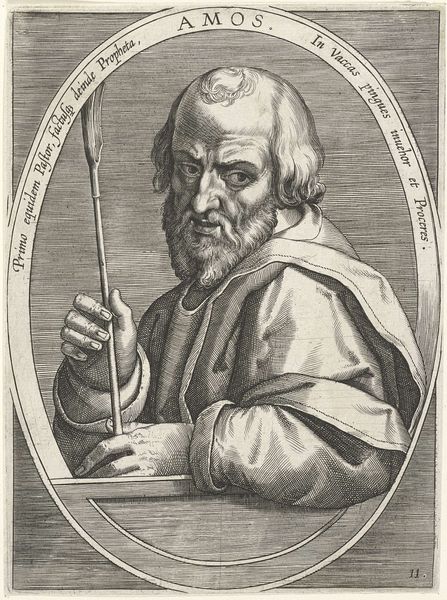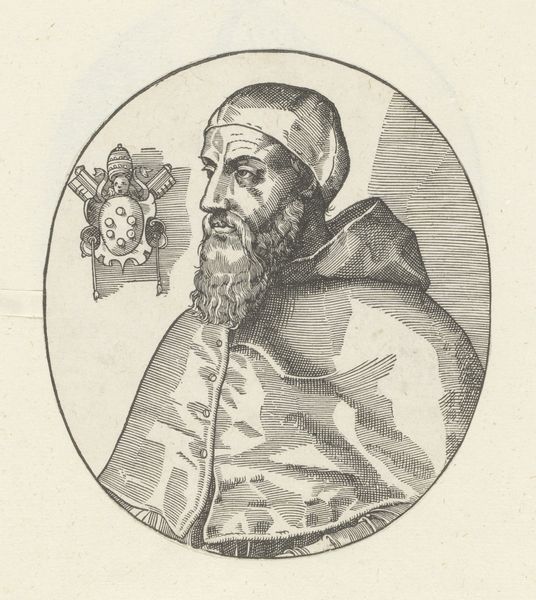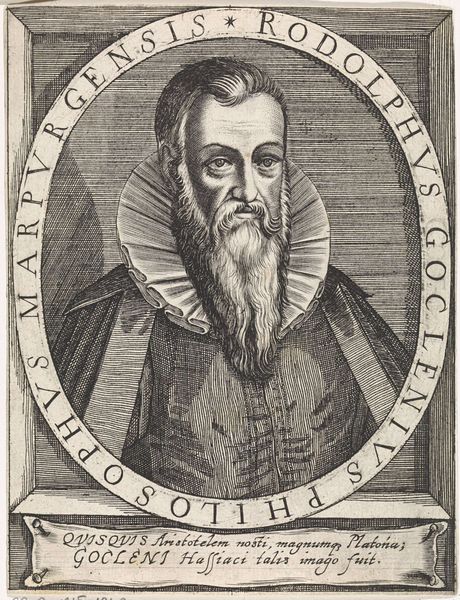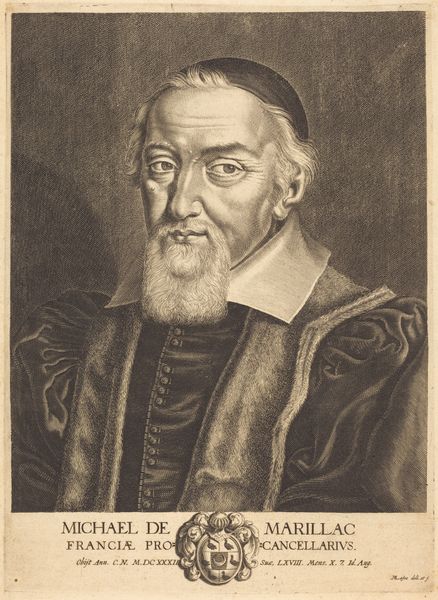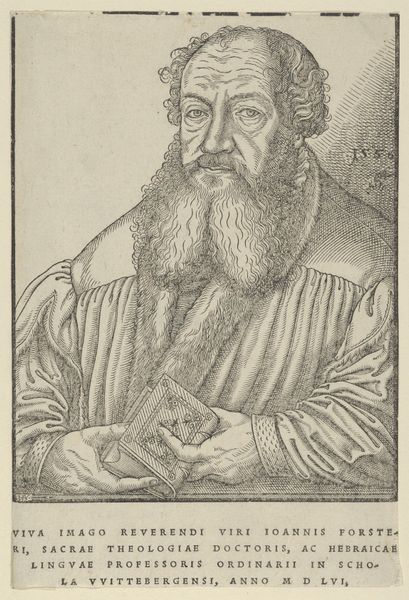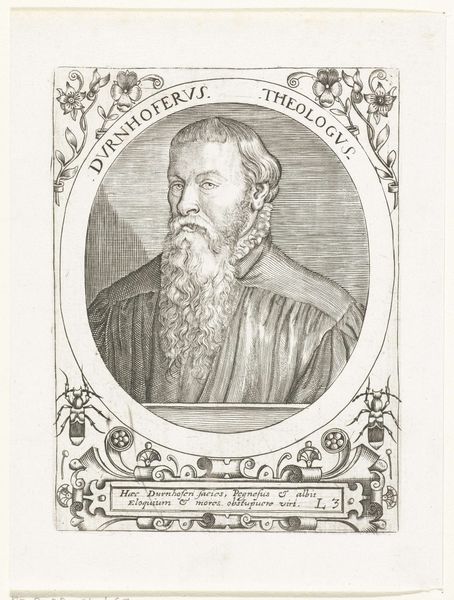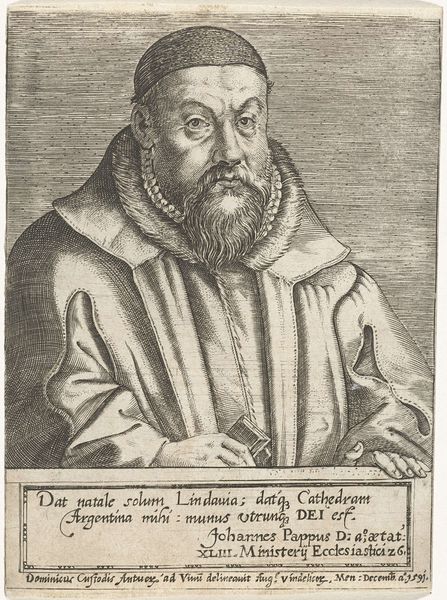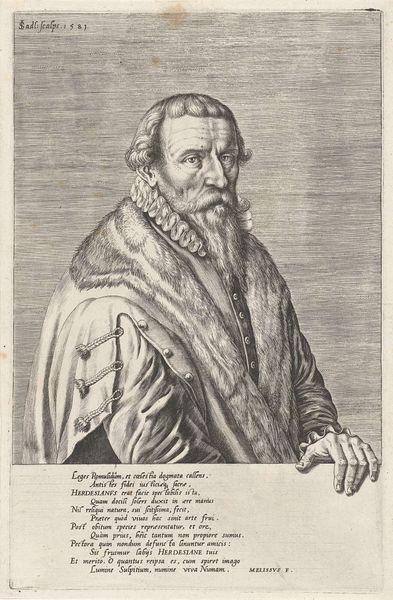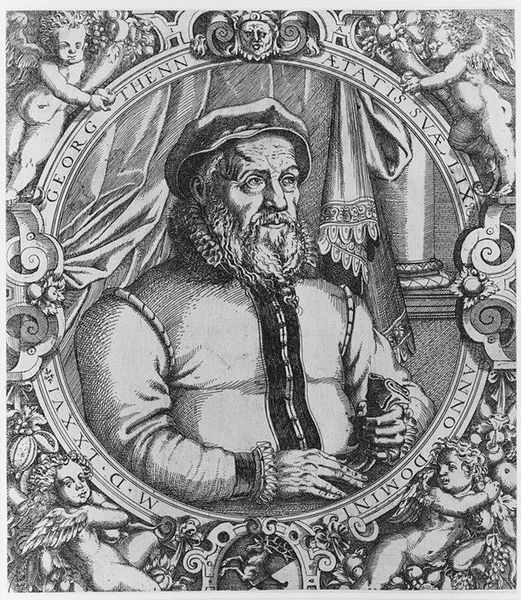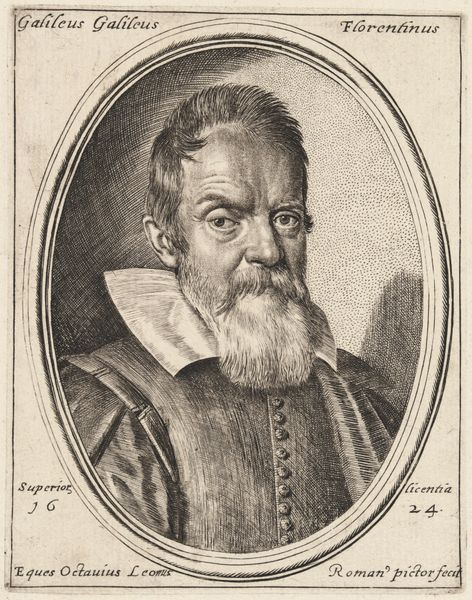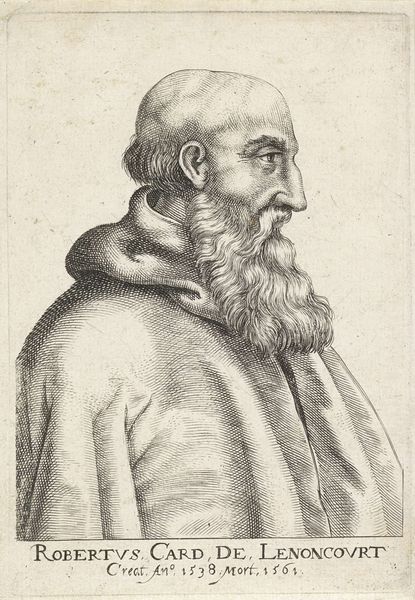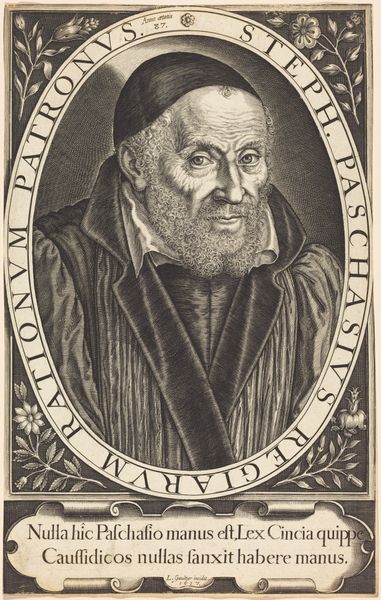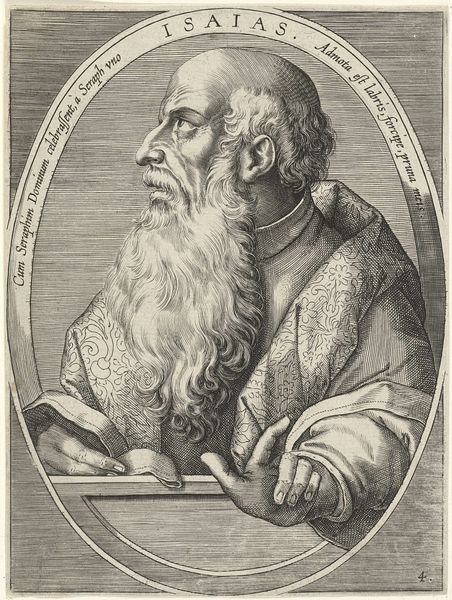
drawing, print, woodcut
#
portrait
#
drawing
#
facial expression drawing
#
head
# print
#
male portrait
#
portrait reference
#
male-portraits
#
human face
#
sketch
#
woodcut
#
human
#
animal drawing portrait
#
portrait drawing
#
facial study
#
facial portrait
#
northern-renaissance
#
forehead
#
portrait art
#
digital portrait
Copyright: Public domain
Editor: This is a portrait of Nicholaus Gallus, a Lutheran theologian and reformer, by Lucas Cranach the Elder. It appears to be a woodcut print. The texture created by the lines is striking; it gives the image a stern, almost grave feel. What do you see in this piece from a formal perspective? Curator: The woodcut medium is certainly key to understanding this image. The artist’s choice of line—its weight, direction, and density—defines form and conveys texture. Observe how the density of the hatching creates volume in Gallus's face and robes. The strategic use of white space carves out the features. Note too the limited tonal range—stark black against white, focusing the eye and lending the image a powerful graphic quality. Editor: So, it’s not just about representing Gallus accurately, but about how the medium itself contributes to the portrait's impact? Curator: Precisely. Consider how a different medium, say etching, would render this subject. The relatively crude cuts inherent in the woodcut impart a certain austerity, which might complement our understanding of Gallus's persona. The angularity and simplification aren't weaknesses but stylistic choices. Notice that the hatching lines on the garment lead our eyes down. Do you see the symbolism present in these lines? Editor: It is like a visual pathway through a storm, or it could just be the intended way of defining clothing and body structure. Either way, the image really conveys structure and power. Curator: Precisely. The intentional design choices highlight both the literal shape of his figure as well as the influence that he possesses as a historical figure. Editor: I've learned that even in seemingly simple portraits, the artist's choices in medium and technique create different effects. Curator: Exactly. Paying attention to such elements is fundamental to a rich appreciation of art history.
Comments
No comments
Be the first to comment and join the conversation on the ultimate creative platform.
